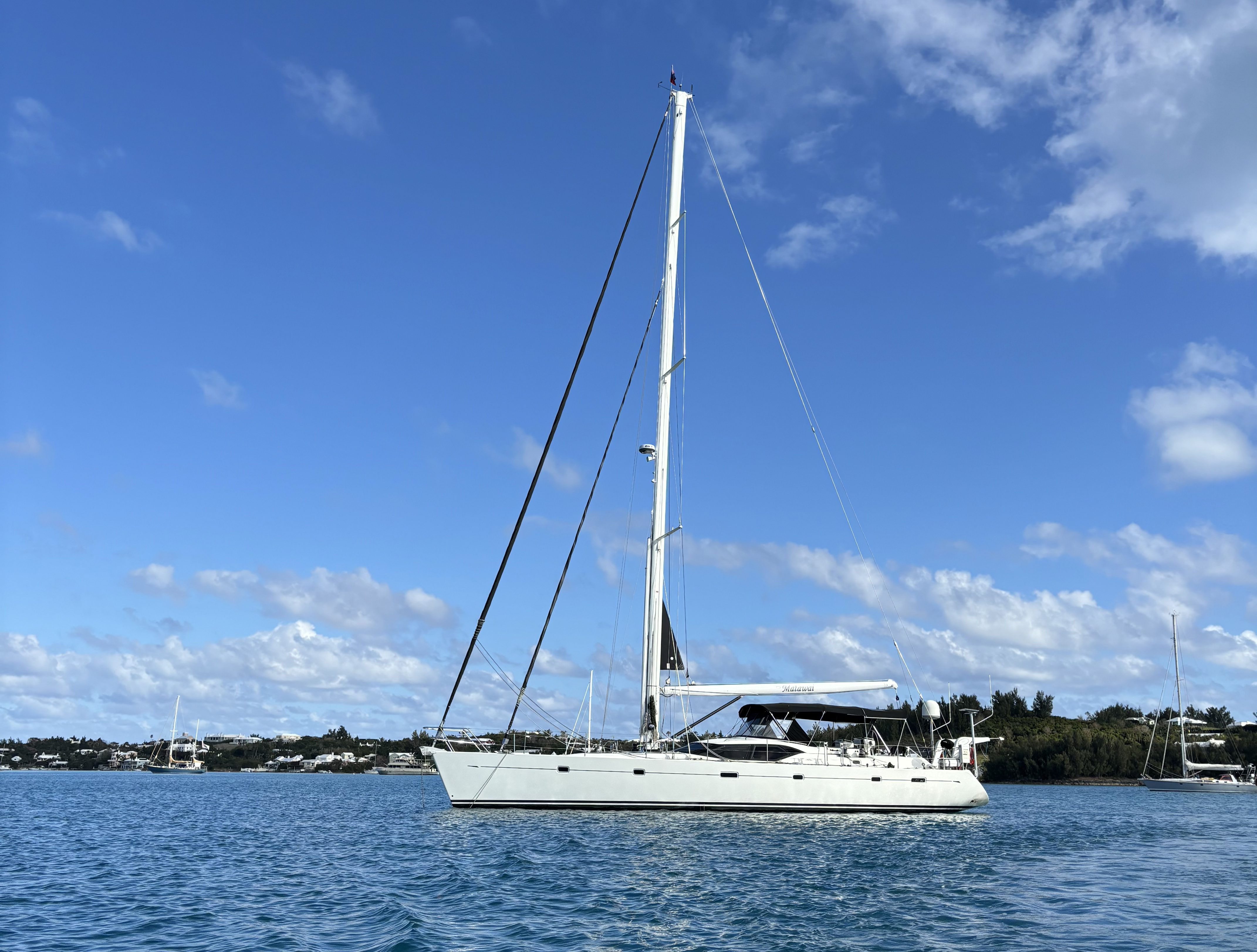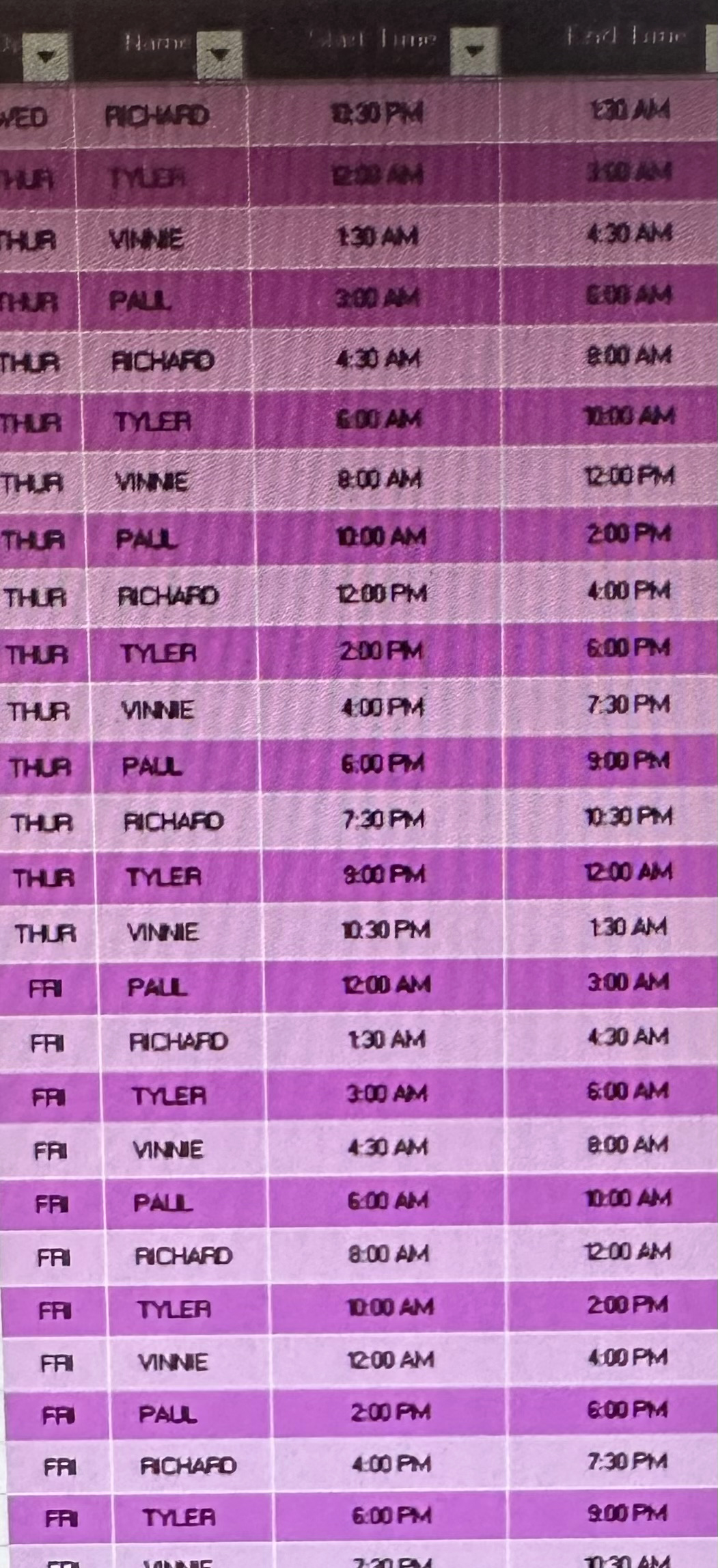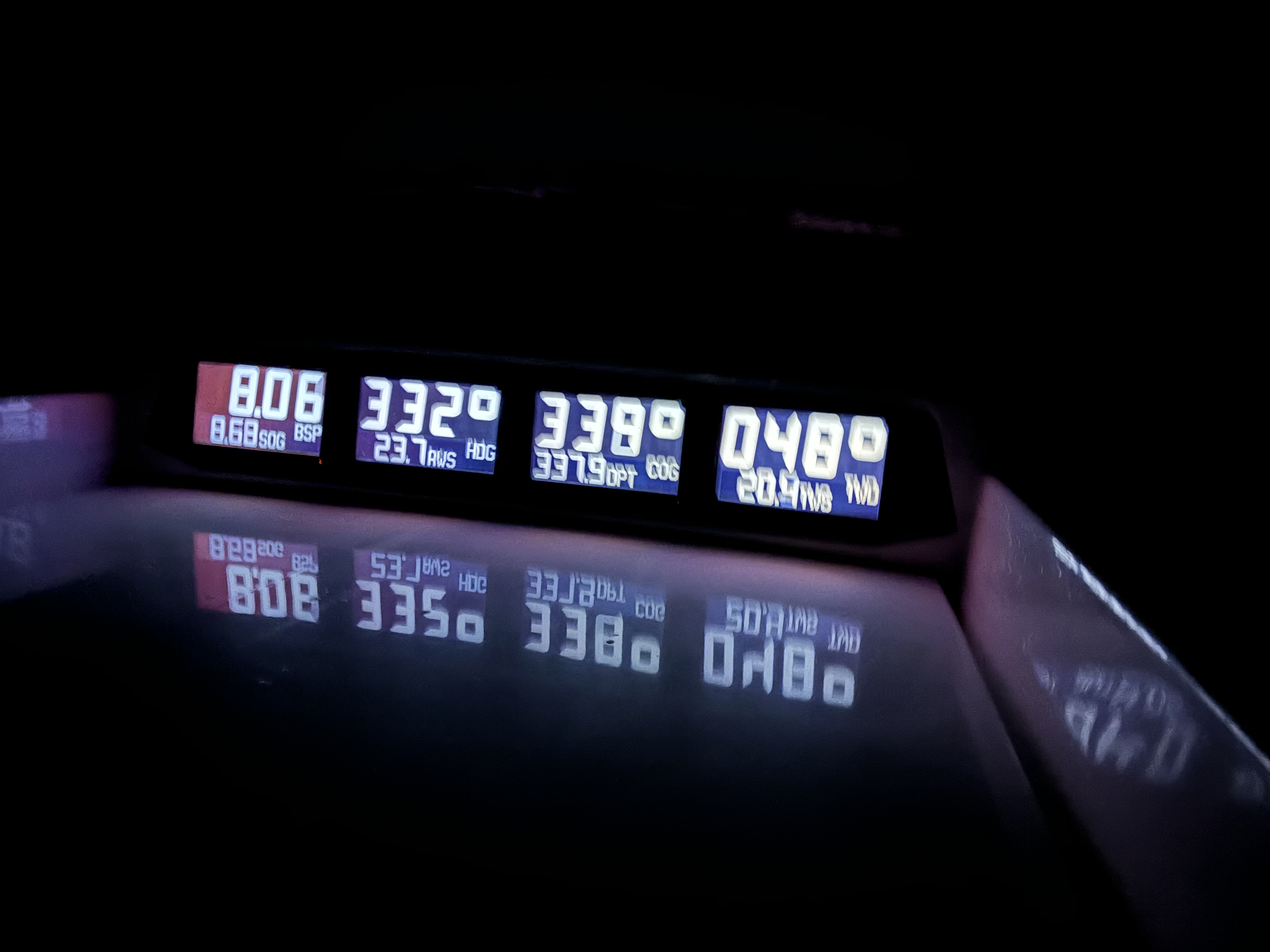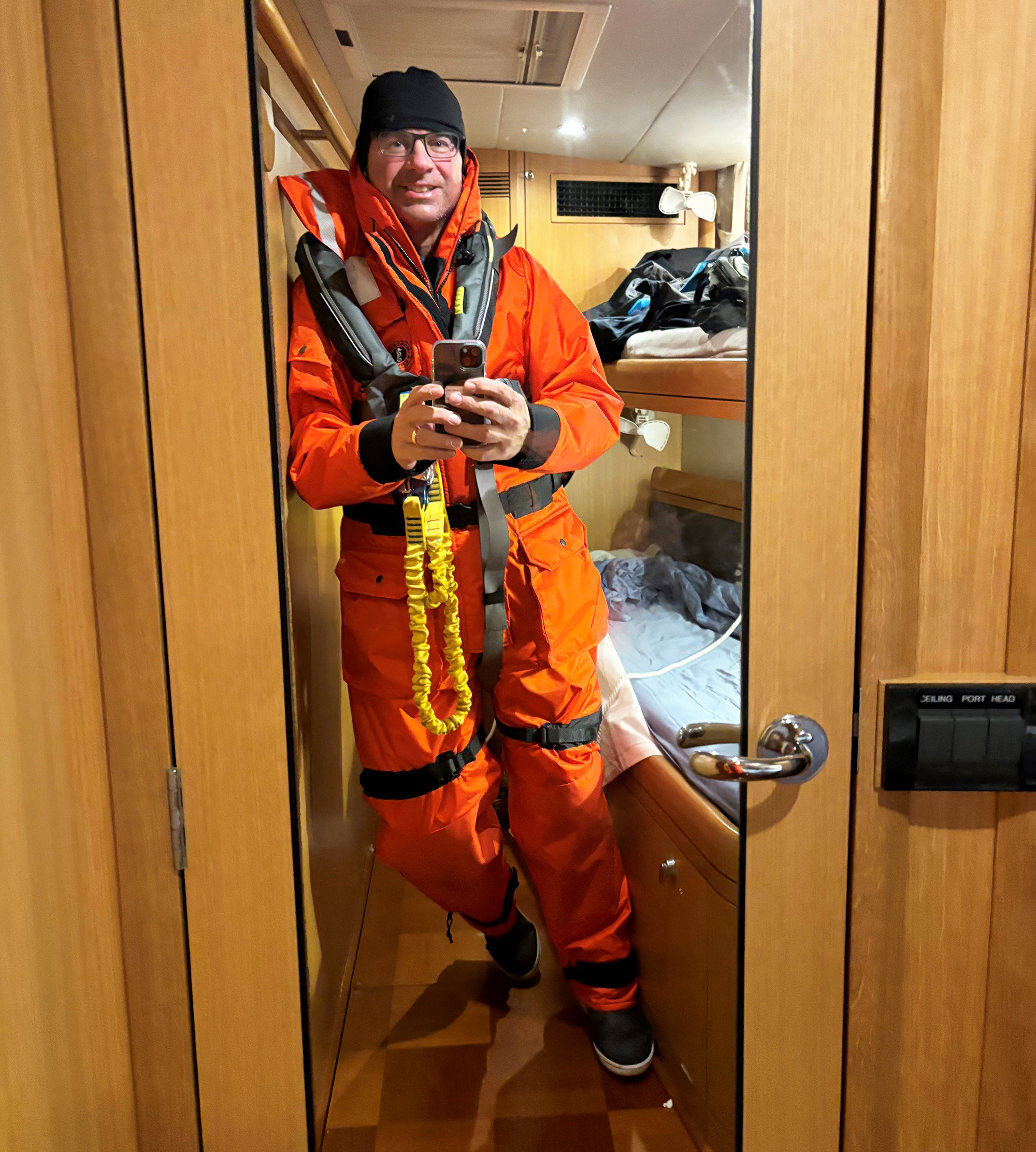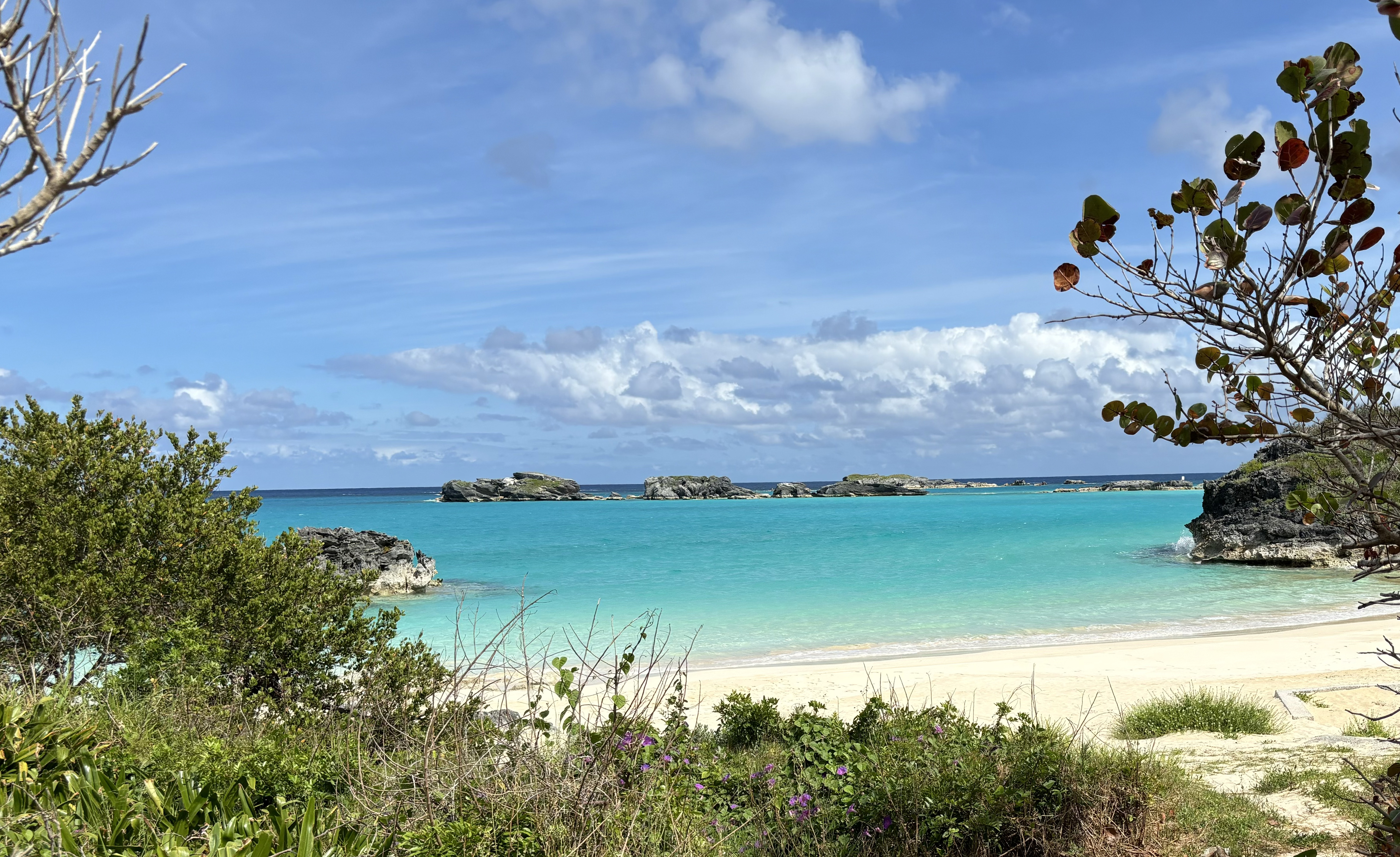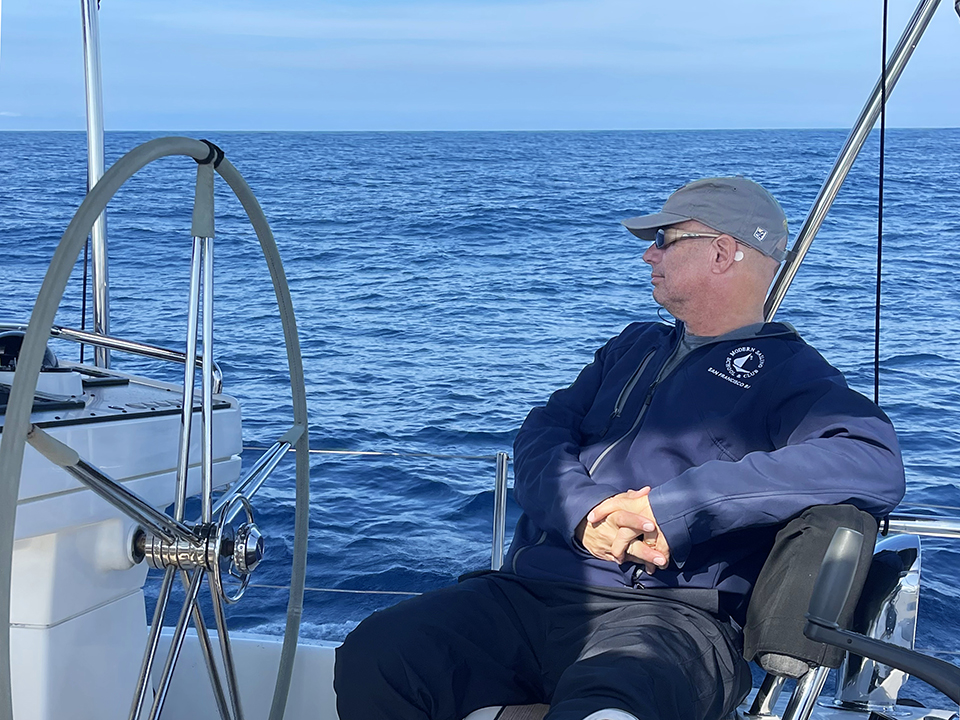
Captain Tyler Cobbett shares his adventure of delivering a yacht from Bermuda to Newport, Rhode Island in this insightful article. As Tyler's first experience more than 25 miles from land, the journey served up valuable lessons in the unpredictability and beauty of open ocean sailing. Tyler reflects on his lifelong passion for sailing, his extensive sailing background, and the crucial takeaways from this memorable voyage, which proved that even seasoned sailors always have something to learn. With over 670 nautical miles covered, the trip offered a wealth of insights and underscored the significance of thorough training, effective communication, as well as the need for equipment knowledge, routine maintenance, and thorough pre-departure inspections. From the importance of diligent preparation to the joy of encountering marine life, you'll enjoy Tyler's account of the highs and lows of this Atlantic passage and learn some valuable tips to help you prepare for your own future ocean sailing adventures.
One hundred ninety nautical miles from Nantucket sailing on a beam reach at over 8 knots, the strop snapped and the genoa slid down the roller furling foil and draped over the leeward lifeline into the sea. Realizing instantly what was happening, John leapt up and made his way to the bow to save the sail. I called Paul and Richard up on deck and they appeared in a minute. I started the engine, turned the bow into the wind and re-engaged autohelm. It took four of us reasonably fit men 30 minutes to haul the large sail up onto the deck of the 65-foot yacht and secure it, then another half hour to replace the strop with a new length of Dyneema and hoist the sail again using a backup halyard.
I’m grateful to say this was our only unpleasant surprise in the 670 nautical mile trip from St. George’s, Bermuda to Newport, Rhode Island in early May 2024. That the mishap took place just after noon in moderate winds and seas was a blessing; the resolution would have been much more challenging and the outcome could have been much worse had the strop snapped at night or in heavier conditions. Here’s the story of how I came to be over 300 nautical miles from land in the Atlantic Ocean last month.
I started my sailing journey around 1970 in the Thousand Islands region on the border between New York and Canada. Learning to helm on Sunfish, Lasers and O’Day Day Sailers, then crewing on Shark, C&C 35 and J/24 yachts, I was hooked on sailing by the time I bought my first boat, a Hobie 16, in 1985. I raced Hobie 16, 18, and 20 catamarans for twenty years in the Great Lakes, on the Pacific Ocean and in California reservoirs until my body started telling me it was time to transition to cruising. I got my ASA 101, 103 and 104 certifications in 2007 and enjoyed bareboat chartering in the United States, Canada and Europe. When I retired in 2021 I pursued my US Coast Guard OUPV captain’s license and received the credential in 2022. With ASA 201, 202, 203, 204, 205, 206 and 214 instructor certifications I’ve enjoyed passing along what I’ve learned to many students. Still, with all this experience I had never sailed more than 25 miles from land!
When the opportunity to help deliver this cutter-rigged Oyster 655 from Bermuda to Newport came up, I jumped at the chance.
Our crew of four stood watches and sailed around the clock for three days and nine hours. Each of us took turns cooking, cleaning, and doing inspections. Night watches were three hours in duration, with the watch captain and second crew member staggered by 90 minutes.
The passage couldn’t have been better, with steady winds on our port beam ranging from 15 to 30 knots for the first 500 miles, then on our starboard bow for the last day. We were able to use autohelm over 90 percent of the way. We tacked only once! We saw whales, flying fish and a pod of dolphins who rode our bow wave for half an hour.
It’s amazing how your world shrinks at night, when all you can see are the chartplotter, instrument displays and blue bioluminescent sparks flying by in the wake.
As we approached the Gulf Stream, we encountered fog and driving rain.
One of the best rewards for daring to strike out on the ocean... experiencing beautiful places like this! Cooper's Island Nature Reserve, Bermuda.
Here are my major takeaways from the experience:
- The ASA curriculum is very thorough and covered most of what I needed to know on this passage. For example, the procedures for entering a new country (flying the yellow quarantine flag off the starboard spreader then replacing it with the country’s courtesy flag) were well described and what we and other yachts followed. One item specific to Bermuda is the requirement for the yacht owner to provide a letter in advance to each crew member flying in but leaving on a yacht. Though we used the Expeditionmarine.com software to plan our route across the Gulf Stream, I was confident with the underlying concepts of optimizing for set, drift, and weather.
- One item I will emphasize more with my students is steering a compass course. We’re lucky to conduct most of our training within sight of land, making orientation relatively easy. On the open ocean I rapidly became disoriented and could only steer properly using the compass and autohelm.
- Another area I want to improve on is quickly calculating headings from true wind directions. Our boat was capable of sailing at a 38 degree angle to the true wind, so when the true wind direction was 330, the closest we could sail to the wind was 8 degrees.
- We followed the rhumb line diligently, but when the wind grew to a steady 30 knots at 2:00am and we couldn’t safely furl the genoa because there was no swivel on the replacement strop, the owner decided to bear away onto a broad reach to reduce the apparent wind and calm the boat down until the strong wind subsided. While this took us off the rhumb line, it took pressure off the rig, flattened the boat and gave the crew a break and the diversion only cost us a few hours.
- After I had completed my first two three-hour night watches I realized how important it is to not linger when your watch is done. It’s better to immediately head to bed so you can get at least two hours of sleep before it’s time to get up, put on your gear and arrive at least ten minutes before the next watch starts to exchange information with the previous watch captain.
- When you’re two days from land, it’s essential to have backups for everything. It was great to have extra Dyneema. I would have enjoyed having a satellite phone or HF single side-band radio as backup when the Starlink system went offline.
- When the Starlink system went offline it was great that John had installed Starlink in his own boat and RV so he could troubleshoot and resolve the problem.
- Inspect your rigging regularly. Had we inspected the strop we would have noticed the chafing and replaced it before setting out.
- Have at least four experienced crew members aboard a yacht of this size to stand watches and solve problems.
- Without the four of us quickly understanding the nature of the headsail emergency and being able to work well together, we might have lost the genoa.
Tyler's memorable journey from Bermuda to Newport not only highlights the joys of open ocean sailing but also reinforces the importance of preparedness, teamwork, and continuous learning. From handling unforeseen equipment failures to appreciating the beauty of marine life, each moment underscores the essence of sailing — a blend of challenge and exhilaration — with a reminder that no matter how seasoned a sailor may be, the sea always has new lessons to impart.
As Tyler looks back on this experience, he remains committed to sharing his insights with fellow sailors, ensuring they are well-prepared for their own sailing adventures. Rich with learning and unforgettable moments, the passage serves as a testament to the enduring allure of the sea and the continuous journey of growth it inspires.
For those looking to embark on their own adventures, remember that thorough preparation, diligent practice, and a passion for sailing are your most valuable tools. Safe travels and fair winds!
